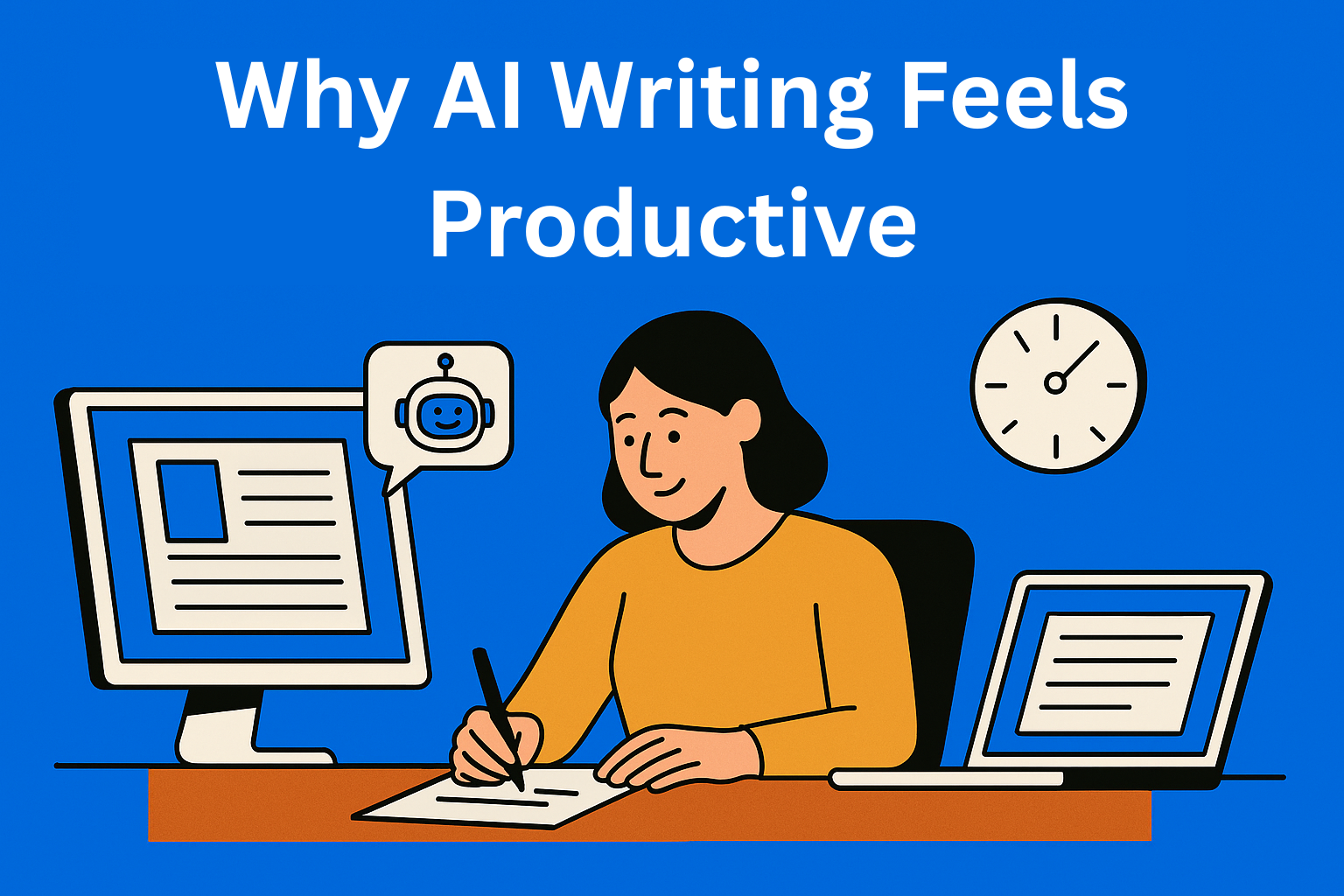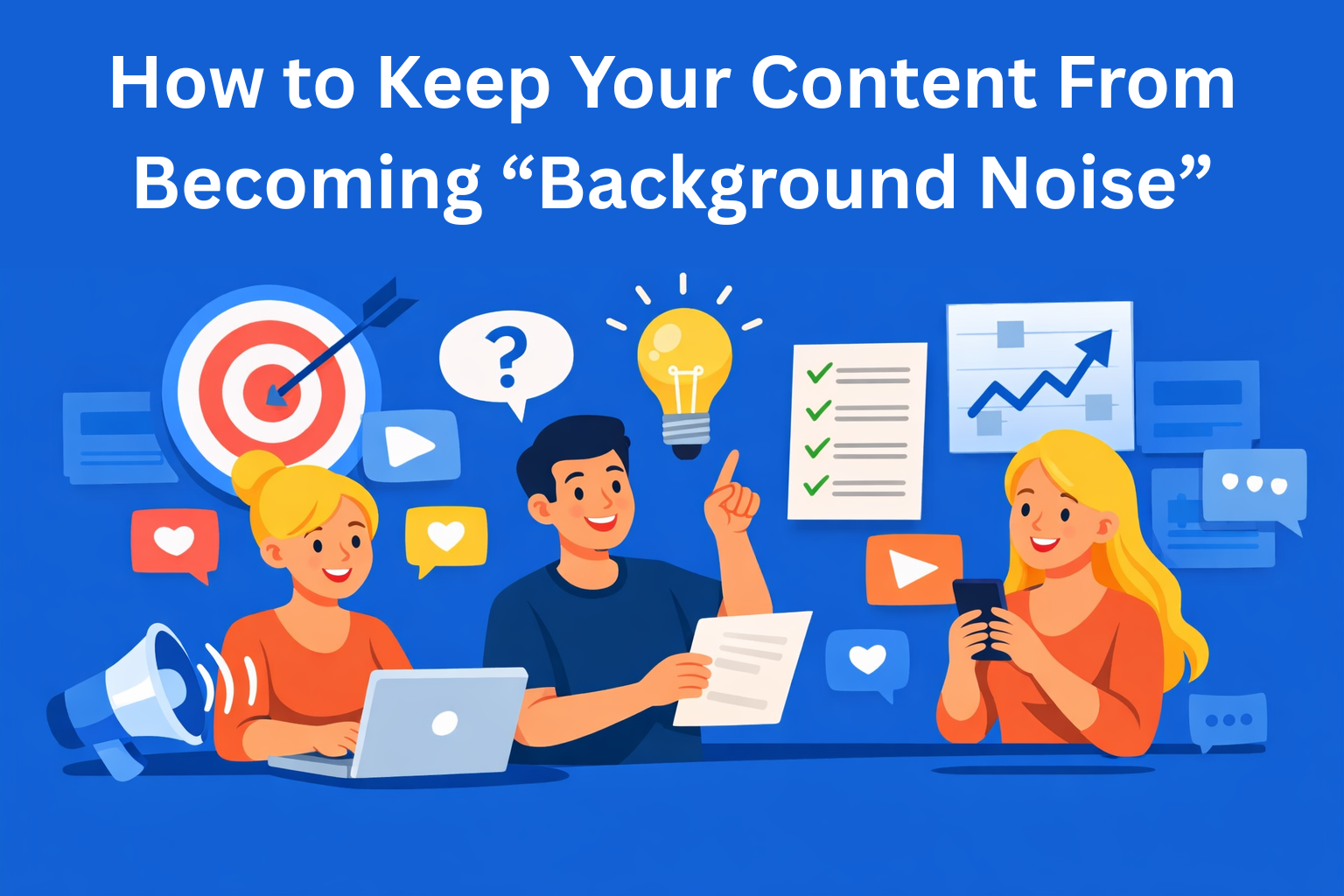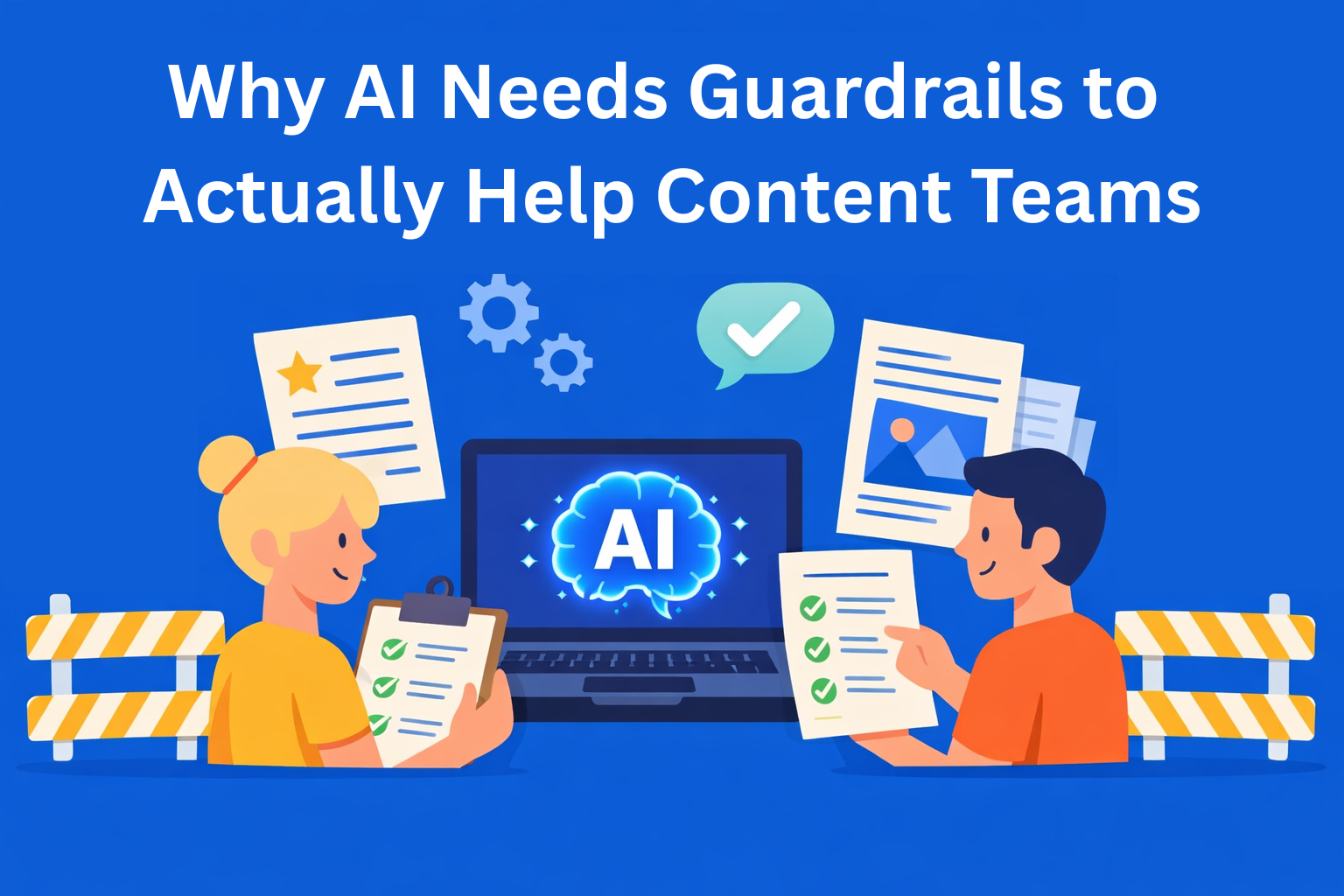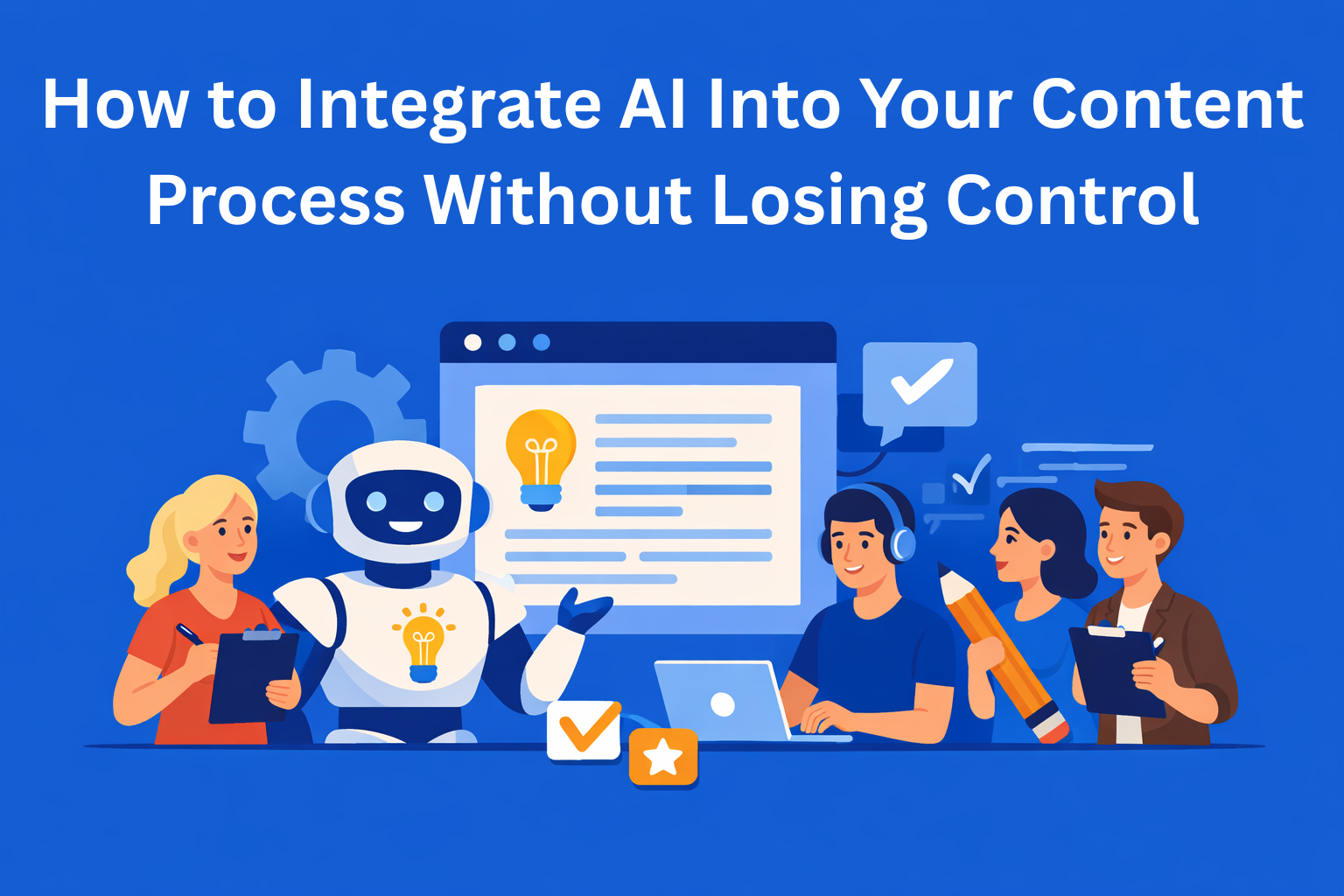Why AI Writing Feels Productive (Even When It Isn’t)
AI writing feels productive, until you realize most of those texts never get published. Learn why more content doesn't mean better results, and how to use AI smarter, not just faster.

AI writing tools today seem like they can do everything for you. You type a few prompts, click "Generate," and bam - a full text pops out. Fast, easy, effortless. At first, it feels amazing. Like you’ve written four blog posts, three emails, and two Instagram captions in an hour. But that feeling of productivity is often just a feeling. The reality? 90% of that content ends up in a folder called "drafts" and never gets published.
Key Takeaways
- AI gives a false sense of progress - Generating text feels productive, but most drafts end up unused.
- Volume ≠ value - More content doesn’t mean better content if it lacks personality and purpose.
- AI drafts need human editing - Without your voice, insight, and examples, the content stays bland.
- Recognize low-quality AI output - Generic phrases, clichés, and vague messages are red flags.
- Use AI intentionally - Set clear goals, always edit, and track what content actually gets published.
Instant gratification = fake productivity
Writing with AI gives you an instant sense of accomplishment. Got an idea? Put it into a tool and within seconds - here’s a full text. It feels like you did something meaningful. It’s like making a to-do list and feeling productive without finishing anything on it. AI gives you that little dopamine hit - “Look, you made content!” - even if that content never gets used.
It might feel like you’re getting work done, because there’s a text in front of you. But if you never publish it or send it to someone, it’s just wasted time that looks like work.
More words doesn’t mean better work
What usually happens is AI gives you tons of sentences that look like a finished piece. But once you read it, you realize it’s all very generic, like falling into a sea of boring, cookie-cutter writing. There’s nothing personal, no emotion, nothing that sounds like you - and that’s what makes content actually valuable.
That’s the trap of overproduction: volume makes you feel like you’ve created something important, but really, you’ve just filled your folders with stuff you’ll never use.
AI as a turbo-charged Google Doc
A lot of people use AI for brainstorming, and that’s great. The problem is when that brainstorm becomes the final piece. No editing. No personal tone, no examples, no context. Just copy-paste and move on.
Then a few days later, you look at those texts and don’t know what to do with them. Too long, too bland, no real point. Not terrible, but not good enough to send or post either. In short: AI did its part, but you didn’t.
How to tell an AI-written text isn’t working
Here are a few sure signs the AI gave you... well, junk:
- It could be for any company in any industry.
- It sounds smooth, too smooth.
- It uses phrases like “In today’s fast-paced world...” or “The key to success is...”.
- You read it and think, “What’s the point of this?”
- It has things like em dashes (—) sprinkled everywhere, a dead giveaway for AI-generated text.
If these sound familiar, you’re probably stuck in fake productivity mode.
How to avoid ending up with 50 AI drafts you never use
- Start with a clear goal. Don’t generate anything until you know exactly what you need - is it a blog for SEO, a LinkedIn post, a pitch email?
- Always edit. AI gives you a rough draft. You are the one who makes the final version. Add your voice, your style, your knowledge.
- Track what you actually use. How many AI texts have you really published or sent? That’s your true productivity, not how many times you hit "generate."
- Make an "AI junk" folder. Seriously. Dump everything you don’t like in there. Reviewing that folder will help you figure out what’s not working.
Final thoughts: AI helps, but it doesn’t write for you
AI won’t give you great content if you don’t know what makes content great. It can speed things up, give you ideas or a structure. But without your insight, your judgment, and your editing - all you’ll get is digital noise.
So next time you use AI for writing, remember: you’re not just there to click "generate." You’re there to use the tool to help you create something that matters.
Because real productivity isn’t when AI writes more - it’s when you use less, but use it better.






